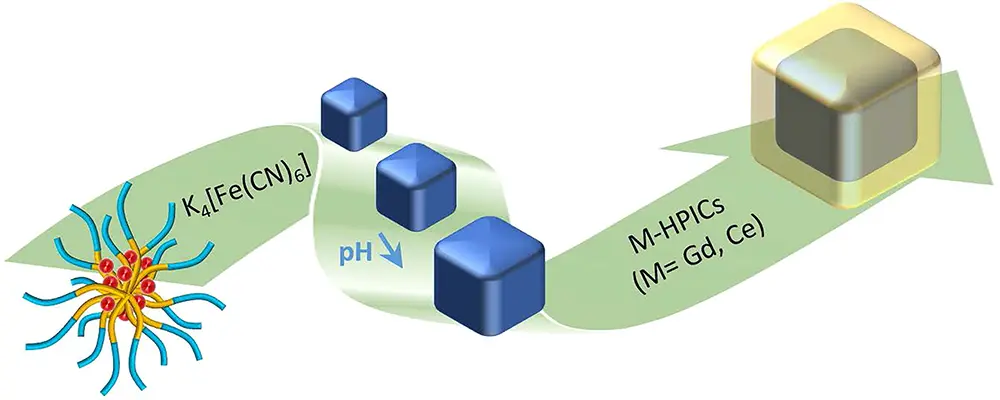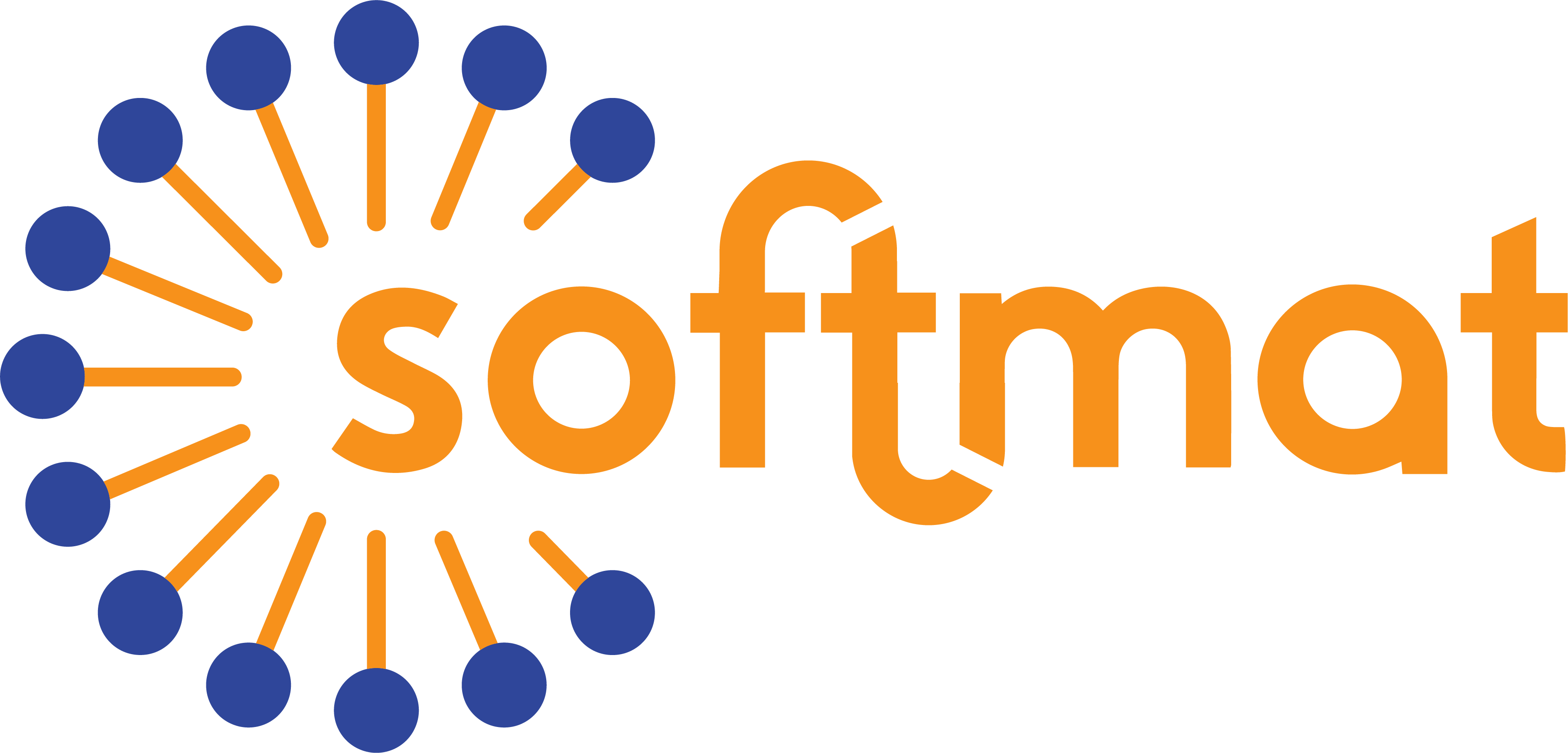Liming carried out his research in the IDeAS team at the Softmat laboratory.
On 23th of November, he defended his thesis entitled: “Synthesis of metal-based polyionic complexes and their applications in photo-Fenton reactions and preparation of inorganic nanostructures”
Organic-inorganic hybrid nanomaterials containing polymers have emerged as a promising class of materials that combine the unique properties of both organic and inorganic components. This burgeoning field of research has attracted significant attention due to the potential for developing advanced materials with tailored properties and multi-functionality. Their synthesis involves the integration of organic and inorganic components through various strategies, including covalent bonding, electrostatic interactions, self-assembly, and template-assisted methods. These approaches allow precise control over the chemical composition, morphology, and structure of the hybrid materials, enabling the design of materials with desired properties.
In order to develop new organic-inorganic hybrid nanostructures, he designed hybrid polyionic complexes using different metal ions and double hydrophilic block copolymers. Their formation is primarily driven by entropy gain resulting from electrostatic interactions and counterion release. The hybrid poly-ions complexes has good application prospects in the following two aspects: catalyst and template agent for inorganic nanomaterials. The colloidal catalyst exhibits high catalytic activity in the photo-Fenton reaction. In addition, when used as a template (or chemical reservoirs), it can well control the morphology and size of the target material (nanocubes or nanoparticles).
For example, he synthesized Prussian blue (PB) nanostructures using iron-based hybrid poly-ions complexes (Fe-HPICs) as templates. It was found that HPIC can act as a chemical reservoir for Fe(III) ions, which then affects the formation kinetics of Prussian blue nanoparticles based on the Fe(III)/polymer ratio R. Interestingly, the availability of complexing ion reactions can be easily tuned by precisely controlling the pH of the solution. Lowering the pH of the reactant solution releases Fe(III) ions previously trapped in the HPICs and enables the rapid formation of Prussian blue nanocubes. This pH control obtained by using merocyanine photoacid can be used to trigger the formation of size-controlled PB nanocubes. This method based on the HPICs pre-organized system can also be applied to the synthesis of Prussian blue core-shell nanostructures of different sizes and compositions. This work demonstrates that hybrid polyion complexes can indeed be used as organized systems for the synthesis of inorganic materials, especially coordination polymers and materials.

Highlights of the thesis:
- Liming is co-author of an article published in the Journal of Colloid and Interface Science (Impact Factor=10).
Congratulations to Liming for the quality of his work!
